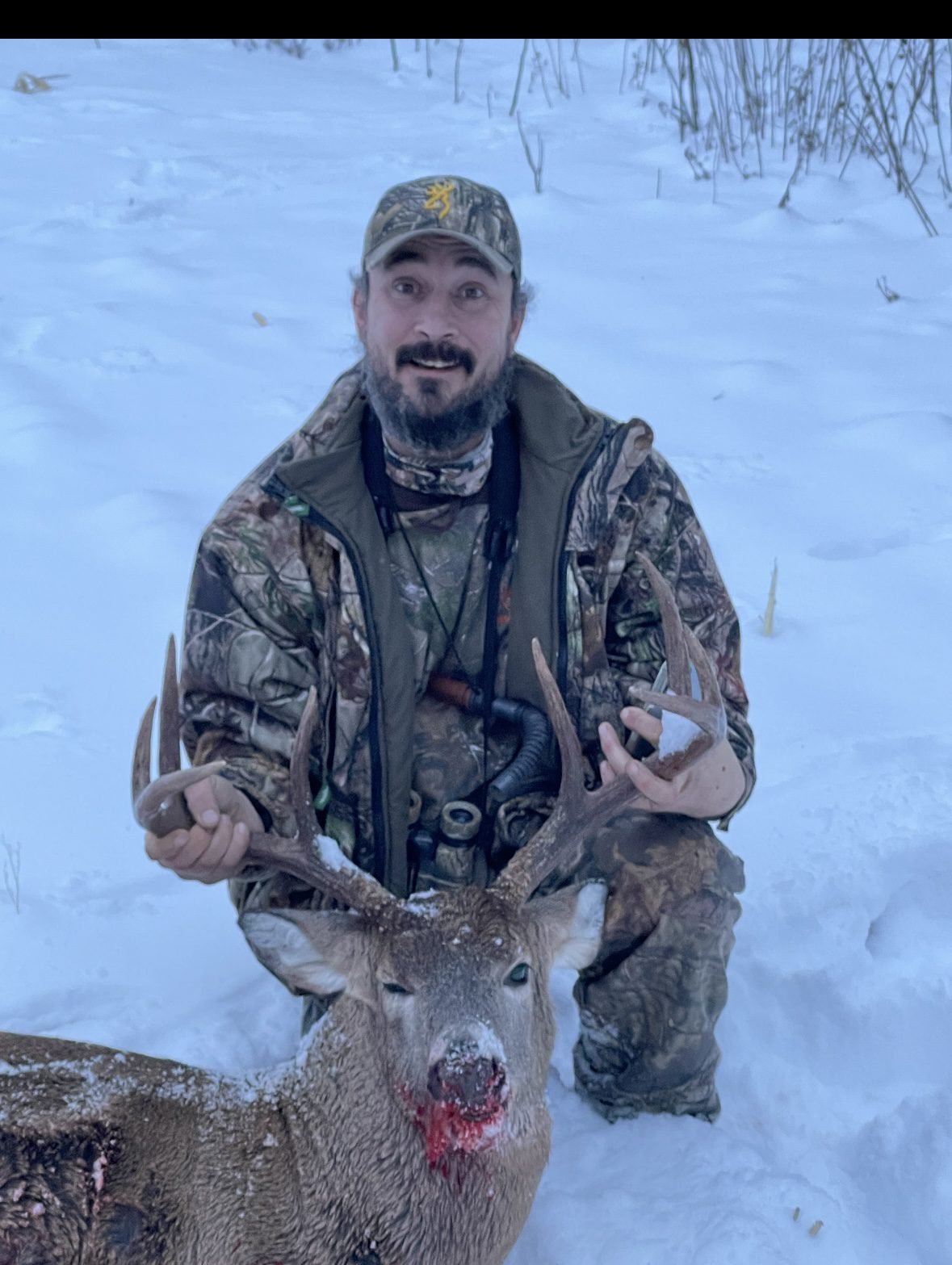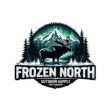
Alberta’s Big 10: Mastering the Whitetail Deer Hunt
Introduction: The Alberta Whitetail Experience
Few hunting experiences match the thrill of pursuing whitetail deer in Alberta. With its mix of dense forests, rolling farmland, and river valleys, Alberta is home to some of the biggest—and wariest—whitetails in North America. Whether you’re a newcomer or looking to sharpen your skills, understanding whitetail habits, habitat, and hunting strategies is key to success.
Whitetail Deer: Alberta’s Most Popular Big Game
Whitetail deer (Odocoileus virginianus) are the most widely distributed big game species in Alberta. Known for their keen senses and elusive nature, they present a rewarding challenge for hunters of all experience levels. Mature bucks can weigh over 200 pounds, with impressive antlers that make them a prized trophy.
Fast Facts About Alberta Whitetails
- Habitat: Found throughout Alberta, especially in aspen parkland, boreal forest edges, river valleys, and agricultural zones.
- Behavior: Most active at dawn and dusk (crepuscular); highly alert and quick to flee at any sign of danger.
- Diet: Browsers—feeding on leaves, twigs, fruits, and agricultural crops.
Essential Gear for Whitetail Hunting
Firearms and Bows
- Rifles: .243 to .30-06 calibers are popular; ensure your firearm is legal and sighted in. Check out our Rifle Accessories for maintenance and upgrades.
- Bows: Compound or crossbows with at least 40 pounds draw weight.
- Ammunition/Arrows: Use high-quality, ethical projectiles designed for deer.
Clothing and Equipment
- Camouflage: Opt for patterns that match Alberta’s mixed woodlands or fields. Browse our Hunting Apparel for camo clothing and gear.
- Layering: Weather can change quickly—dress in moisture-wicking base layers, insulation, and waterproof outerwear. Explore our Base Layers & Outerwear.
- Safety Gear: Blaze orange vest and hat (mandatory during rifle season).
- Other Essentials: Binoculars, rangefinder, sharp knife, game bags, scent control products, and a reliable GPS or mapping app. Find your next Hunting Backpack for hauling gear and game.
Where to Hunt Whitetail in Alberta
Public Land
Alberta offers a wealth of public land for hunting, including Crown land, agricultural lease land, and designated wildlife management units (WMUs). Always check regulations and access requirements for your chosen area.
Private Land
Many of Alberta’s biggest whitetails are found near farmland. Always obtain landowner permission before hunting private property—respect is key to keeping opportunities open for all hunters.
Prime Regions
- Peace Country: Known for large-bodied bucks and expansive farmland.
- Central Alberta: Aspen parkland and river bottoms provide excellent cover and food.
- Foothills and Boreal Forest: Thicker cover, but rewarding for patient hunters.
Understanding Whitetail Behavior
Seasonal Patterns
- Early Season (September–October): Deer are still in summer patterns, feeding heavily in fields and edges.
- Rut (Late October–November): Bucks are most active, moving throughout the day in search of does.
- Late Season (December): Deer concentrate around food sources and thick cover to conserve energy.
Signs to Look For
- Tracks and Trails: Look for fresh prints, well-worn paths, and crossings.
- Rubs and Scrapes: Bucks mark territory by rubbing antlers on trees and scraping the ground.
- Droppings and Beds: Indicate recent activity and possible bedding areas.
Hunting Strategies for Success
Stand Hunting
Setting up a tree stand or ground blind near travel corridors, feeding areas, or bedding sites is a proven method. Stay still, minimize scent, and be patient—whitetails will often circle downwind before entering an area.
Still Hunting and Spot-and-Stalk
Move slowly and quietly through likely habitat, using binoculars to spot deer before they spot you. This method requires patience and a keen eye for movement.
Calling and Rattling
Grunt calls, doe bleats, and antler rattling can attract curious bucks, especially during the rut. Practice your technique, and use calls sparingly to avoid spooking wary deer.
Regulations and Ethics
- Licensing: Ensure you have the correct tags and follow all provincial hunting regulations.
- Seasons: Alberta’s whitetail seasons vary by WMU and weapon type—always check the latest guide.
- Ethical Shots: Only take shots within your effective range and ensure a quick, humane harvest.
- Respect for Wildlife and Landowners: Leave no trace, retrieve all game, and thank landowners for access.
Fun Fact: Alberta’s Record Whitetail
The largest typical whitetail ever taken in Alberta scored an incredible 204 2/8 Boone & Crockett points, harvested near Chip Lake in 2007. Alberta consistently ranks among North America’s top destinations for trophy whitetails, thanks to sound management and vast habitat.
Preparing for Your First Whitetail Hunt
- Scout Before the Season: Spend time glassing fields, checking for sign, and mapping out stand locations.
- Practice Shooting: Whether rifle or bow, regular practice builds confidence and accuracy.
- Plan for Success: Bring the right gear, know your area, and prepare for changing weather.
Final Thoughts: Join the Alberta Whitetail Tradition
Hunting whitetail deer in Alberta is more than a sport—it’s a tradition that connects us with the land and the rhythms of nature. Whether you’re after your first deer or your next trophy, the experience is always rewarding. Remember to hunt ethically, respect the land, and make memories that will last a lifetime.
New to whitetail hunting or have a story to share? Connect with us at Frozen North Outdoor Supply—we love hearing from fellow hunters and helping you gear up for success!
